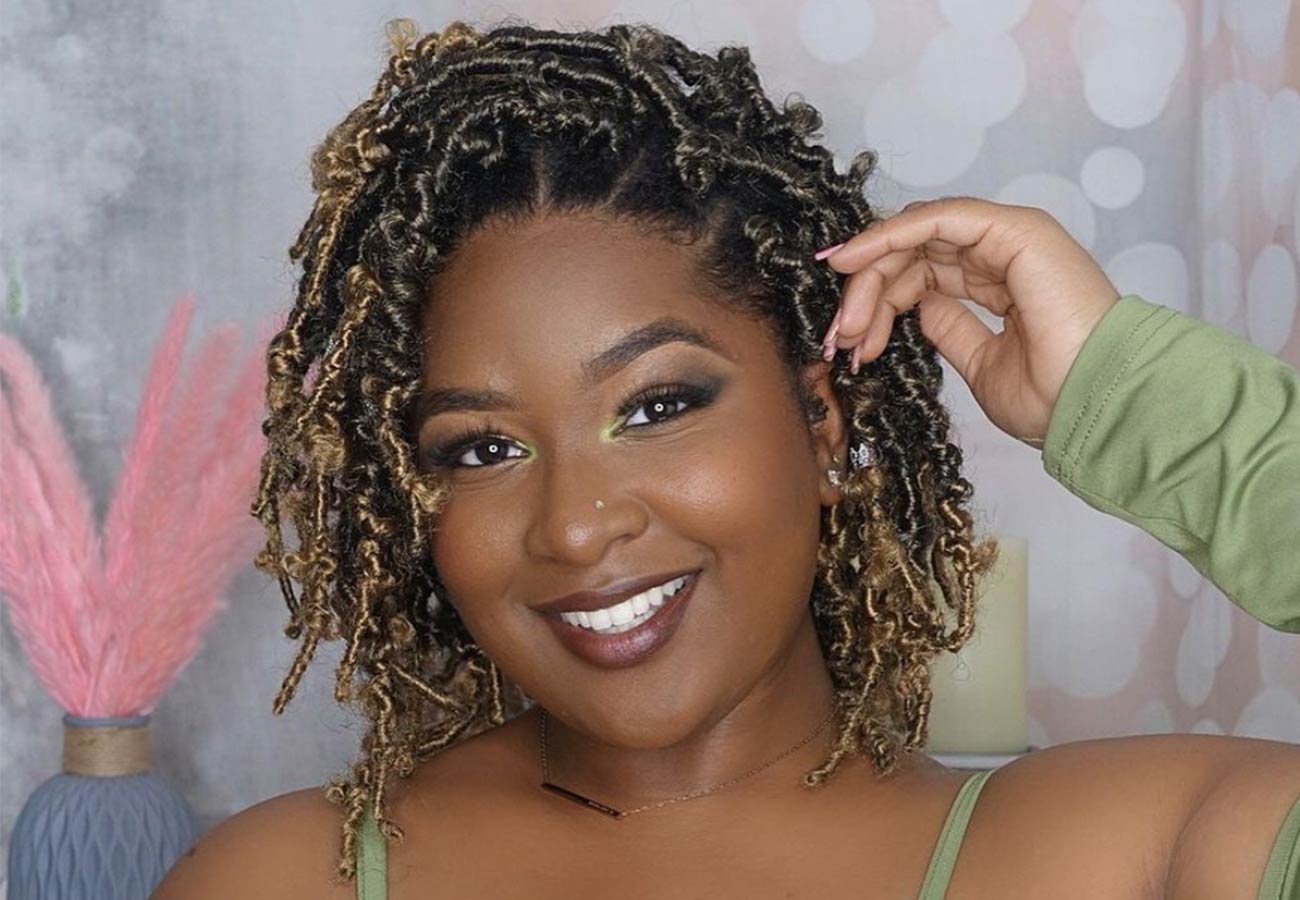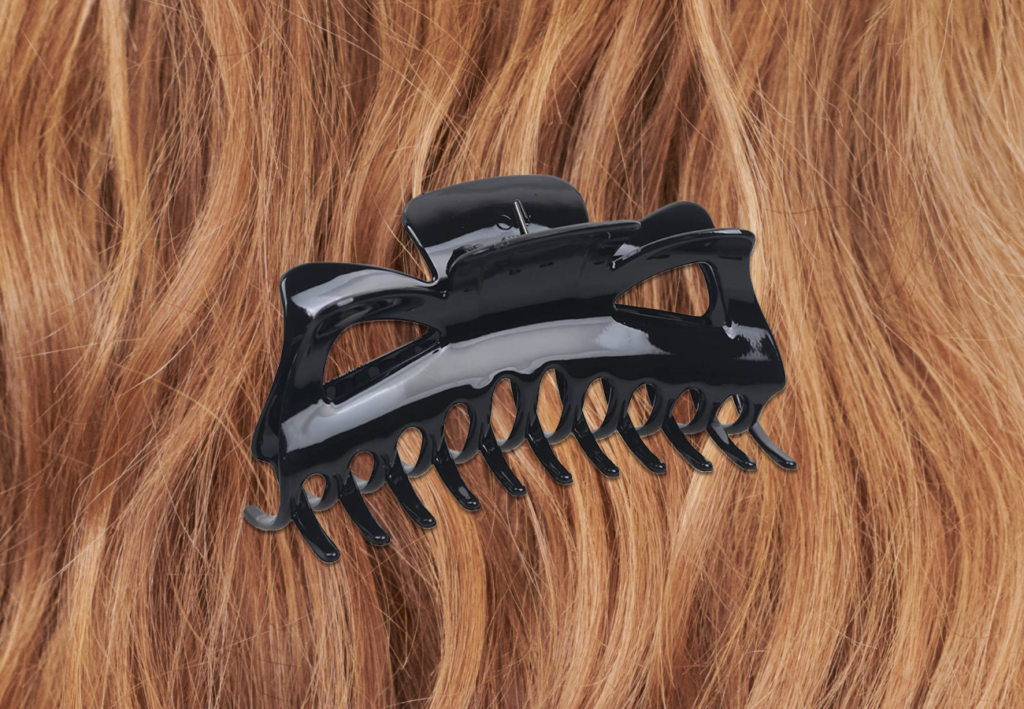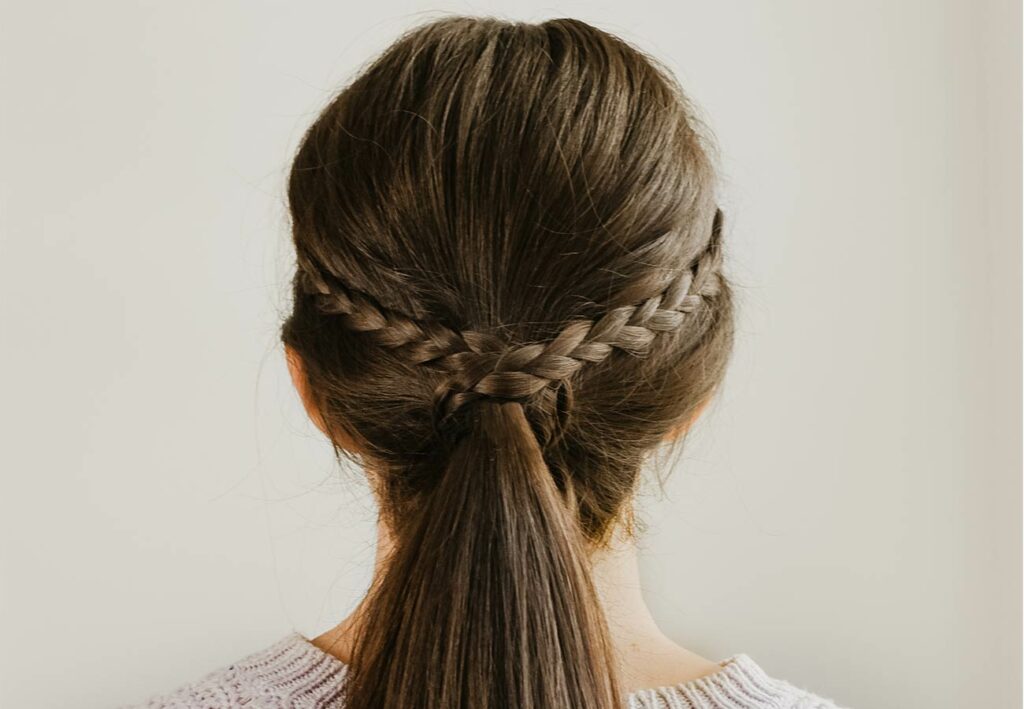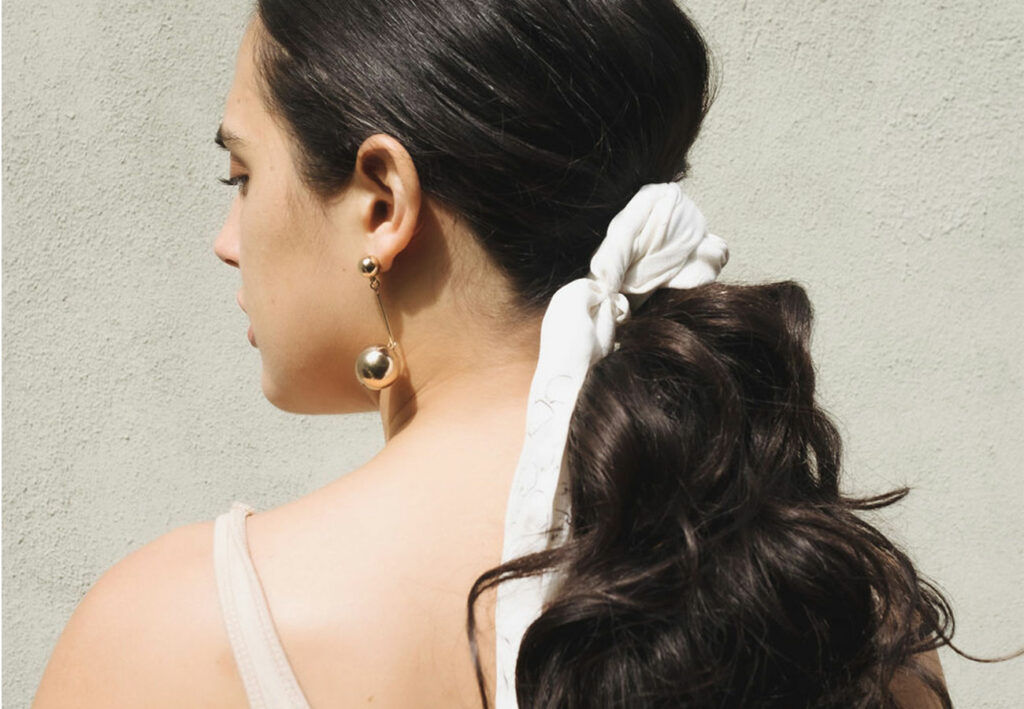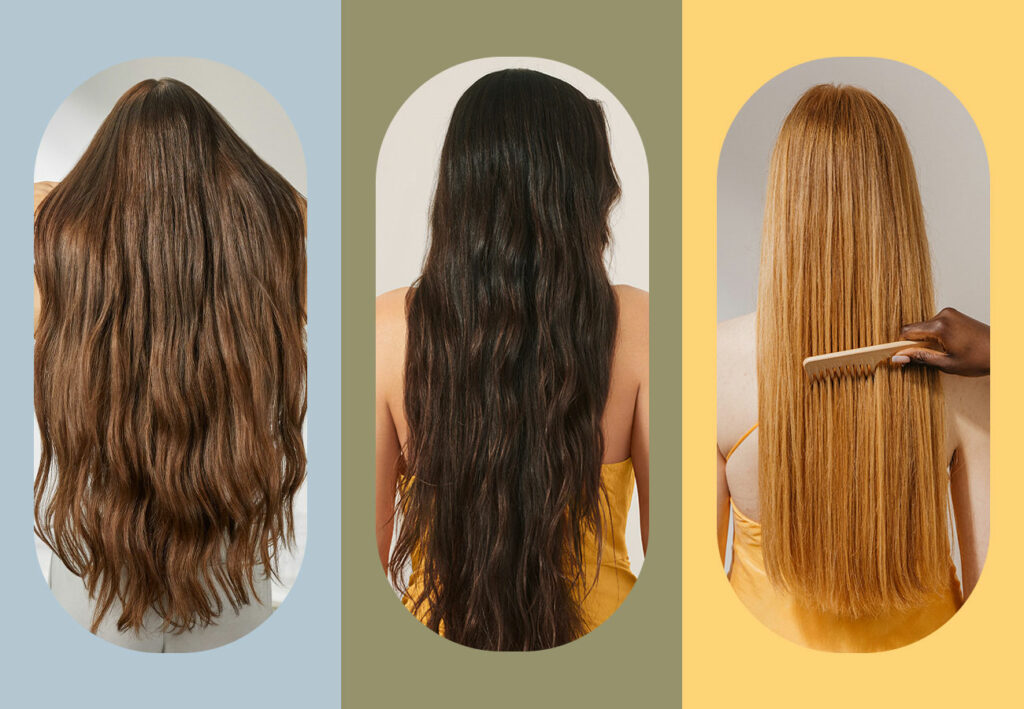1. Cornrows
Cornrows have a rich history dating back to 3000 B.C., hailing from the Horn and West coasts of Africa. In the modern-day, cornrows have become a protective style worn with natural length and extensions. Not to mention, you can try on a variety of styles from tiny straight backs to jumbo cornrows or anything in between. When opting for the slick style, ensure that your braider is mindful of your edges and scalp, as too much tension can cause breakage.
Washing your hair with this style is usually not a thing because hair can become frizzy. However, caring for your scalp and keeping your hair hydrated is still possible with the help of a few drops of hair oil when you feel your scalp or length getting dry. Finally, tie your braids down with a silk scarf, and your protective style is 100 percent, well, protected. If you’re curious about how long to keep your cornrows in, we recommend chatting with your stylist for guidance. However 2-8 weeks max is the typical, recommended timeframe.
2. Box braids
Box braids are another style that dates back thousands of years and have become a Black girl protective style staple because, let’s face it, not only do they protect our coils, but they look great, too. Box braids are most often styled using kanekalon hair and can last four to six weeks. In addition, there’s a new technique in town that will give you the iconic box braids look without the weight of the traditional box braid. Say hello to knotless box braids. In some cases, knotless might last less time but are often recommended because they don’t put as much tension on the scalp and edges.
When caring for box braids, the good news is you can cleanse your scalp. To cleanse, place your shampoo in a nozzled bottle and gently rub the scalp with the pads of your fingers. This method will help ensure your scalp gets the TLC it needs without disrupting your braids. After washing, wrap hair in a microfiber towel to prevent the braids from holding onto excess water.
3. Bantu knots
Bantu knots like box braids and cornrows are rooted in a rich history originating in southern Africa worn by the Zulu people. Today, Bantu knots are styled alongside braids, intricate parts, and baby hairs. As you prep your hair for this style, one of the key things to keep in mind is to reframe from constant manipulation and retwisting of each knot. Finding the best technique for your hair will take some experimentation, but two-strand twisting following layering leave-in conditioner, holding mousse and gel (just on the ends), will help secure each knot.
4. Faux locs
Faux locs are another fan favorite. Again, there are many variations to choose from, including goddess, butterfly, distressed, and bohemian locs. Now we know that understanding the difference between each of those styles might be tricky, but it’s all about the hair. For example, traditional faux locs typically have sealed ends. Alternatively, goddess locs offer a bohemian feel, while distressed faux locs offer a more realistic texture. And lastly, butterfly locs mix the textures of goddess locs and passion twists.
Faux locs not only offer a variety of looks but lengths too. From short bobs to butt-length, the possibilities are endless. Installing faux locs individually is one way to achieve the style. With this technique, you’ll section and braid each one into an individual braid, then use a crochet needle to pull the hair through the faux loc. However, crochet faux locs—where the front of the head has individuals, and the rest of the head is crocheted—means you get a style you love with less time in your stylist’s chair. The only thing to watch out for with this method is caring for your scalp post-wash. Sitting under a hood dryer to ensure the braided hair underneath the faux locs is dry is key to prevent matting, bacteria, and mold.
5. Twists
Similar to faux locs, twists offer many variations that shift depending on the type of hair used. For starters, there’s passion twist. The most popular hair used to create these two-strand twists is FreeTress Water Wave hair to create a more lived-in-looking twist. Up next are Havana twists, which are typically larger in size than other twisted styles and use coarser hair than any other twisted style.
Now, it’s time to get into Marley twists which use a kanekalon Marley hair to create the two-stand look. Marley twists typically are parted into small or medium parts similar to box braids. Senegalese twists, also known as rope twists, aren’t that different from Marley or Havana twists. The main difference is their size and the hair used. Lastly, there are spring twists which are bouncy and springy, just like their name. For spring twists, curly braiding hair makes the style different from passion twists.
A rule for all protective styles
Whatever protective style you select this time around, we suggest giving synthetic extensions an apple cider vinegar rinse before you begin. This step is especially important for those with sensitive skin. Using one part apple cider vinegar to three parts warm water will remove the alkaline coating, which will reveal itself as a white film once submerged in water for 20 minutes to an hour.
What protective style will you try out next? Whichever one you land on, be sure to to show it off by tagging @prose on Instagram so we can be the first to see.

